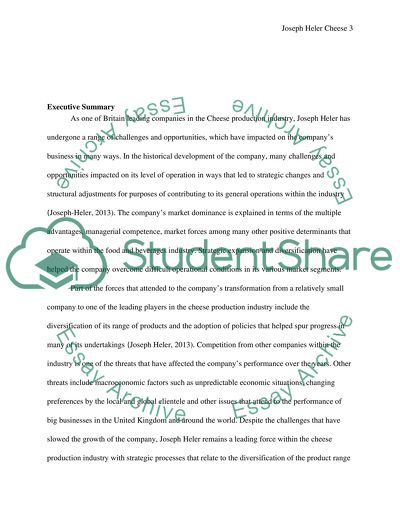Cite this document
(“Joseph Heler Cheese Essay Example | Topics and Well Written Essays - 4500 words”, n.d.)
Retrieved from https://studentshare.org/marketing/1404444-joseph-heler
Retrieved from https://studentshare.org/marketing/1404444-joseph-heler
(Joseph Heler Cheese Essay Example | Topics and Well Written Essays - 4500 Words)
https://studentshare.org/marketing/1404444-joseph-heler.
https://studentshare.org/marketing/1404444-joseph-heler.
“Joseph Heler Cheese Essay Example | Topics and Well Written Essays - 4500 Words”, n.d. https://studentshare.org/marketing/1404444-joseph-heler.


